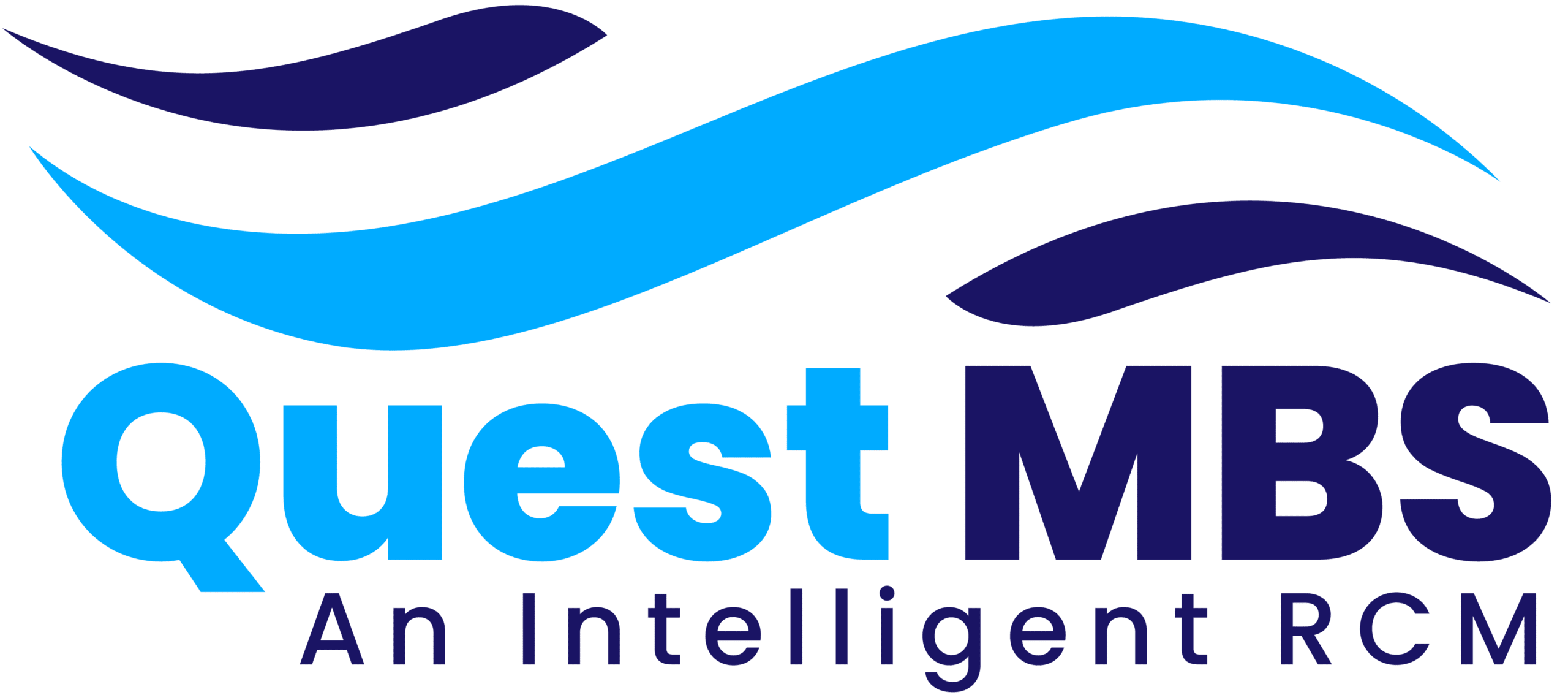Introduction:
The Affordable Care Act (ACA), signed into law in 2010, was a landmark piece of legislation aimed at expanding healthcare access, reducing costs, and improving healthcare quality in the United States. While the ACA brought significant changes to insurance coverage and patient care, it also had profound implications for medical billing. The law introduced new regulations, reimbursement models, and administrative requirements that reshaped how medical billing operates.
This article explores the impact of the ACA on medical billing, focusing on changes in insurance claims, coding systems, payment structures, and compliance requirements.
Expansion of Insurance Coverage and Its Effect on Medical Billing:
One of the primary goals of the ACA was to increase healthcare access by expanding insurance coverage. This expansion significantly affected medical billing processes in several ways:
- Increase in Insured Patients:
Before the ACA, many Americans were uninsured, leading to high rates of unpaid medical bills. With the expansion of Medicaid and the creation of health insurance exchanges, millions of people gained coverage. This shift reduced the number of self-pay patients, resulting in fewer instances of uncompensated care and improving hospital and provider revenues. - Complexity in Insurance Verification:
With new insurance plans available through the ACA marketplace, medical billing departments had to verify a wider variety of policies. Each plan had different coverage limits, co-pays, deductibles, and reimbursement rates, making the verification process more complex and time-consuming. - Medicaid Expansion Challenges:
The expansion of Medicaid eligibility under the ACA meant that more low-income individuals qualified for government-sponsored insurance. However, Medicaid reimbursement rates are generally lower than private insurance, which posed financial challenges for healthcare providers and required more precise billing to avoid denials.
Changes in Coding and Documentation:
The ACA emphasized value-based care, which required more detailed documentation and coding to ensure proper reimbursement. Some of the significant changes include:
- Transition to ICD-10:
The ACA accelerated the shift from the ICD-9 coding system to ICD-10, which increased the number of diagnosis codes from approximately 14,000 to over 70,000. This transition required extensive training for medical coders and billers and led to a temporary slowdown in billing and claims processing. - Emphasis on Accurate Documentation:
Since the ACA placed a strong focus on quality care, accurate documentation became crucial for medical billing. Healthcare providers had to ensure that medical records were detailed and aligned with the new coding requirements to prevent claim denials and delays. - Implementation of Electronic Health Records (EHRs):
The ACA encouraged the adoption of EHRs to streamline medical billing and improve efficiency. While EHRs helped in reducing errors and speeding up claims processing, they also required significant upfront investment and training for healthcare facilities.
Impact on Payment and Reimbursement Models:
The ACA introduced new payment structures to move away from the traditional fee-for-service model, affecting how medical billing was handled:
- Shift Toward Value-Based Payments:
Under the ACA, Medicare and other insurers started transitioning to value-based payment models, which tied reimbursements to patient outcomes rather than the volume of services provided. This shift meant that medical billing had to incorporate quality metrics and performance indicators to ensure providers received appropriate payments. - Bundled Payments:
The ACA introduced bundled payment initiatives, where providers received a single payment for an entire episode of care rather than separate payments for individual services. This model required more coordination between healthcare providers and accurate billing to ensure proper reimbursement. - Accountable Care Organizations (ACOs):
The creation of ACOs encouraged collaboration among healthcare providers to improve patient care and reduce costs. ACOs operated under shared savings models, meaning that if they reduced healthcare costs while maintaining quality, they shared in the savings. This approach added complexity to medical billing as reimbursements were based on overall patient outcomes rather than individual services.
Compliance and Regulatory Challenges:
Medical billing departments faced new compliance requirements due to the ACA’s stringent regulations:
- Fraud Prevention Measures:
The ACA increased oversight to prevent fraud and abuse in medical billing. It introduced stricter auditing processes and expanded the role of the Recovery Audit Contractor (RAC) program. Billing departments had to ensure accuracy and compliance to avoid penalties and claim rejections. - Patient Protection Regulations:
The ACA established regulations such as the prohibition of lifetime coverage limits and the requirement to cover pre-existing conditions. These changes affected insurance claims processing, requiring billers to understand new coverage rules and adjust their billing practices accordingly. - Increased Transparency Requirements:
Under the ACA, healthcare providers had to be more transparent about costs and billing practices. Patients gained access to more detailed billing statements, requiring medical billing departments to provide clear explanations of charges and insurance payments.
Challenges Faced by Medical Billers:
While the ACA brought many positive changes, it also introduced challenges for medical billers:
- Increased Administrative Burden:
With new regulations, compliance requirements, and coding changes, medical billing became more complex. Billers had to stay updated on evolving policies and undergo frequent training. - Higher Claim Denial Rates:
The transition to ICD-10 and value-based payment models led to an increase in claim denials due to errors in coding, insufficient documentation, or failure to meet new reimbursement criteria. - Technology Adaptation Issues:
Many healthcare providers had to upgrade their billing software and integrate EHR systems, which required financial investment and staff training.
Conclusion:
The Affordable Care Act had a significant impact on medical billing, transforming how healthcare providers process claims, manage reimbursements, and ensure compliance. While the law improved insurance coverage and patient access, it also introduced complexities in billing procedures. The shift toward value-based care, new coding requirements, and enhanced regulatory oversight created challenges for medical billers but ultimately aimed to create a more efficient and transparent healthcare system.
Despite the difficulties, healthcare providers and billing professionals have adapted by leveraging technology, improving documentation practices, and staying informed about regulatory changes. As healthcare continues to evolve, medical billing will remain a crucial component in ensuring financial stability and compliance within the industry.







